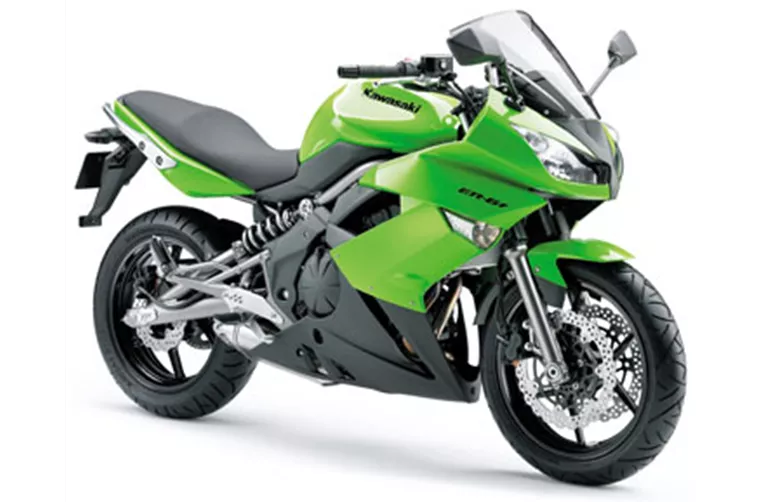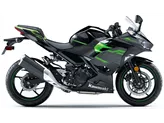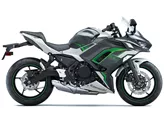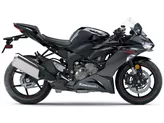Kawasaki ER-6f 2009 vs. Kawasaki Ninja 650 2017

Kawasaki ER-6f 2009

Kawasaki Ninja 650 2017
Overview - Kawasaki ER-6f 2009 vs Kawasaki Ninja 650 2017
The Kawasaki ER-6f model year 2009 and the Kawasaki Ninja 650 model year 2017 are both sport touring motorcycles with similar technical specifications. Both models have an inline engine type with a bore of 83 mm and a stroke of 60 mm. They also have the same engine displacement of 649 ccm and a 4-stroke engine with 2 cylinders.
In terms of power, the Kawasaki ER-6f 2009 has a slight advantage with an engine power of 72 HP compared to the Kawasaki Ninja 650 2017 which has an engine power of 68.2 HP. However, the difference in power is minimal and may not be noticeable during regular riding.

Kawasaki ER-6f 2009
Both models have a steel frame and double disk brakes at the front. They also have the same front and rear tire diameter of 17 inches. The seat height of the Kawasaki ER-6f 2009 is slightly lower at 785 mm compared to the Kawasaki Ninja 650 2017 which has a seat height of 790 mm. The fuel tank capacity of the Kawasaki ER-6f 2009 is also slightly larger at 15.5 liters compared to the 15 liters of the Kawasaki Ninja 650 2017.
In terms of strengths, the Kawasaki ER-6f 2009 is known for its powerful sound, mobility, reasonable price, visually sophisticated design, and safe riding experience. It is also considered beginner-friendly, making it a good choice for riders who are starting out or returning to motorcycling.
On the other hand, the Kawasaki Ninja 650 2017 has a transparent chassis for a sporty look and offers playful and good-natured handling. It also has excellent brakes and sharp looks similar to the ZX-10R, giving it a more aggressive and sporty appearance. The engine of the Ninja 650 is known for its resilience and reliability.

Kawasaki Ninja 650 2017
As for weaknesses, the Kawasaki ER-6f 2009 may not have as much power as some riders may desire, with its 72 HP engine. On the other hand, the Kawasaki Ninja 650 2017 may have a lack of sound from the stock exhaust and may exhibit slight vibrations from the engine.
Overall, both the Kawasaki ER-6f 2009 and the Kawasaki Ninja 650 2017 are capable sport touring motorcycles with their own strengths and weaknesses. The choice between the two would depend on the rider's preferences and priorities, whether they prioritize power and sound or prefer a more sporty and visually appealing design.
Technical Specifications Kawasaki ER-6f 2009 compared to Kawasaki Ninja 650 2017
Pros and Cons in comparison
Pros and Cons in comparison
Kawasaki ER-6f 2009
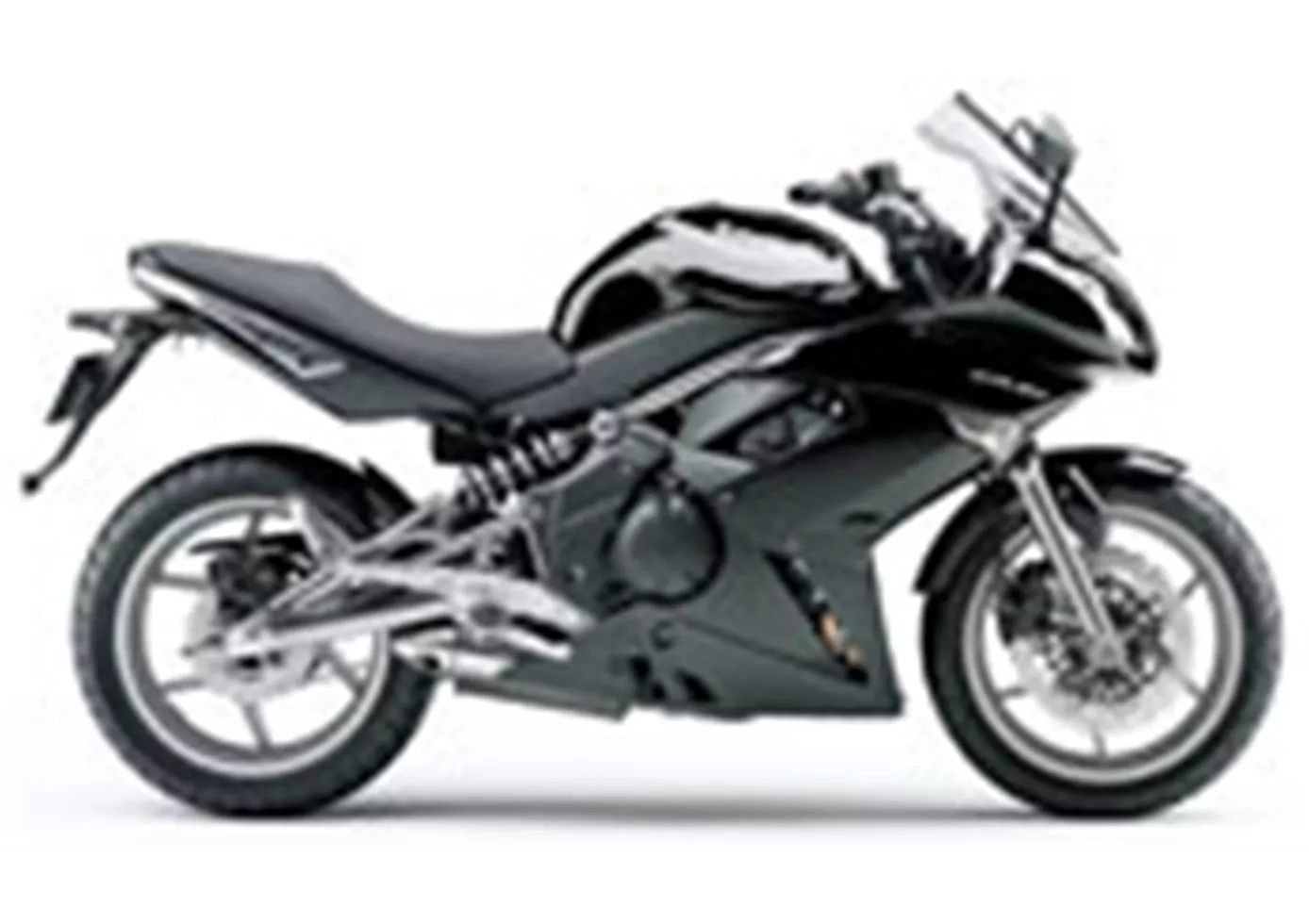
Regardless of whether you take it on the dull way to work or on extended tours, the comfortable seating position, the quiet, low-vibration in-line two-cylinder and the agility in the angular movement bring riding pleasure in every situation.
Kawasaki Ninja 650 2017

The Ninja 650 firmly stamps its predecessor (Er-6f). The engine has mastered the Euro 4 hurdle well and serves up a very usable 68 hp, the chassis is simply great for this class, and the weight reduction of 18(!) kilos compared to the ER-6f justifies reverent nods.
Price Comparison Avarage Market Price Kawasaki ER-6f vs Kawasaki Ninja 650
There are a few key differences between a Kawasaki ER-6f 2009 and a Kawasaki Ninja 650 2017. It takes less time to sell a Kawasaki ER-6f with 70 days compared to 96 days for a Kawasaki Ninja 650. Since model year 2006 1000PS.de editors have written 7 reviews for the Kawasaki ER-6f and 20 reviews for the Kawasaki Ninja 650 since model year 2017. The first review for the Kawasaki ER-6f was published on 1/25/2006 and now has more than 30,200 views. This compares to more than 79,600 views for the first review on Kawasaki Ninja 650 published on 10/4/2016.
